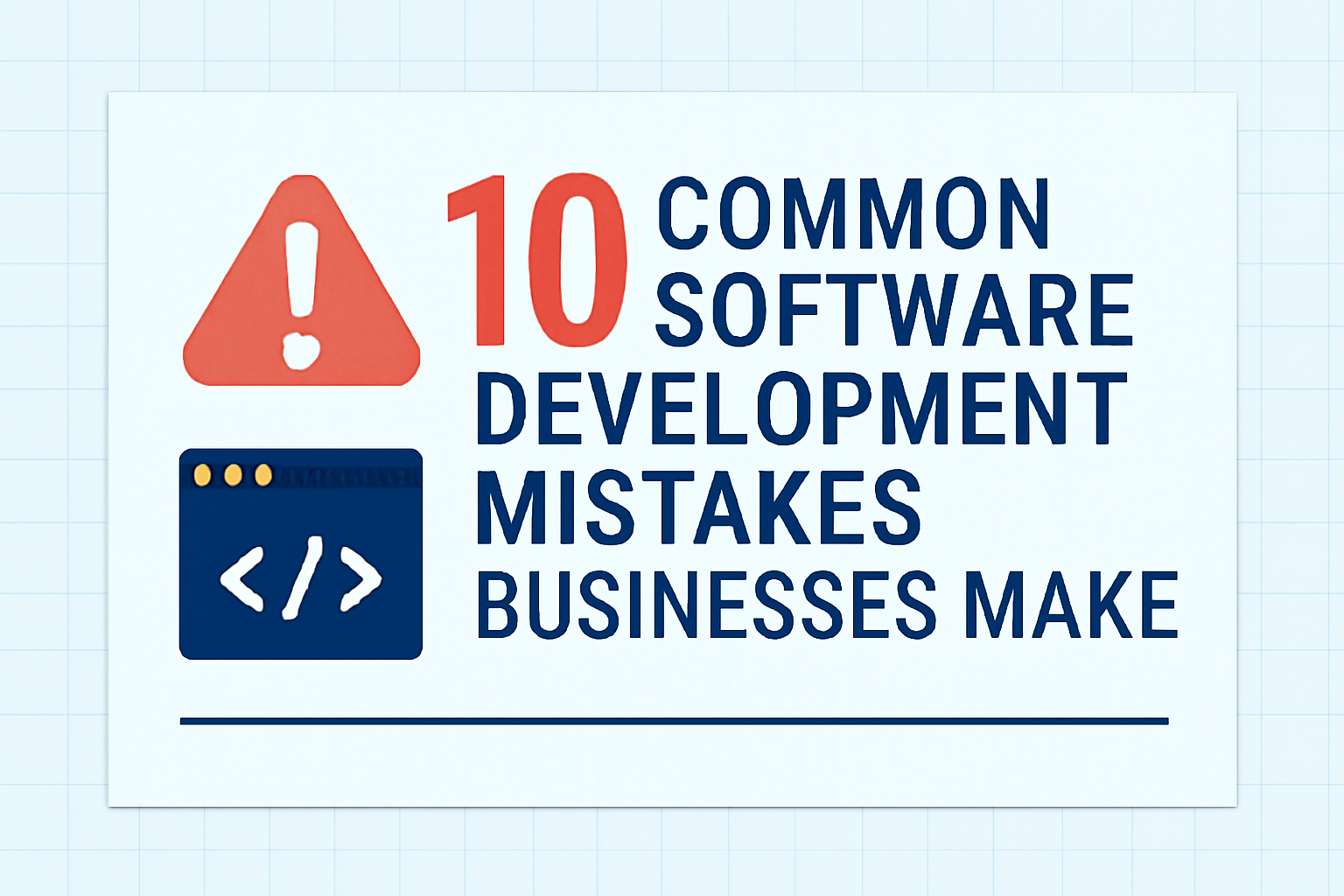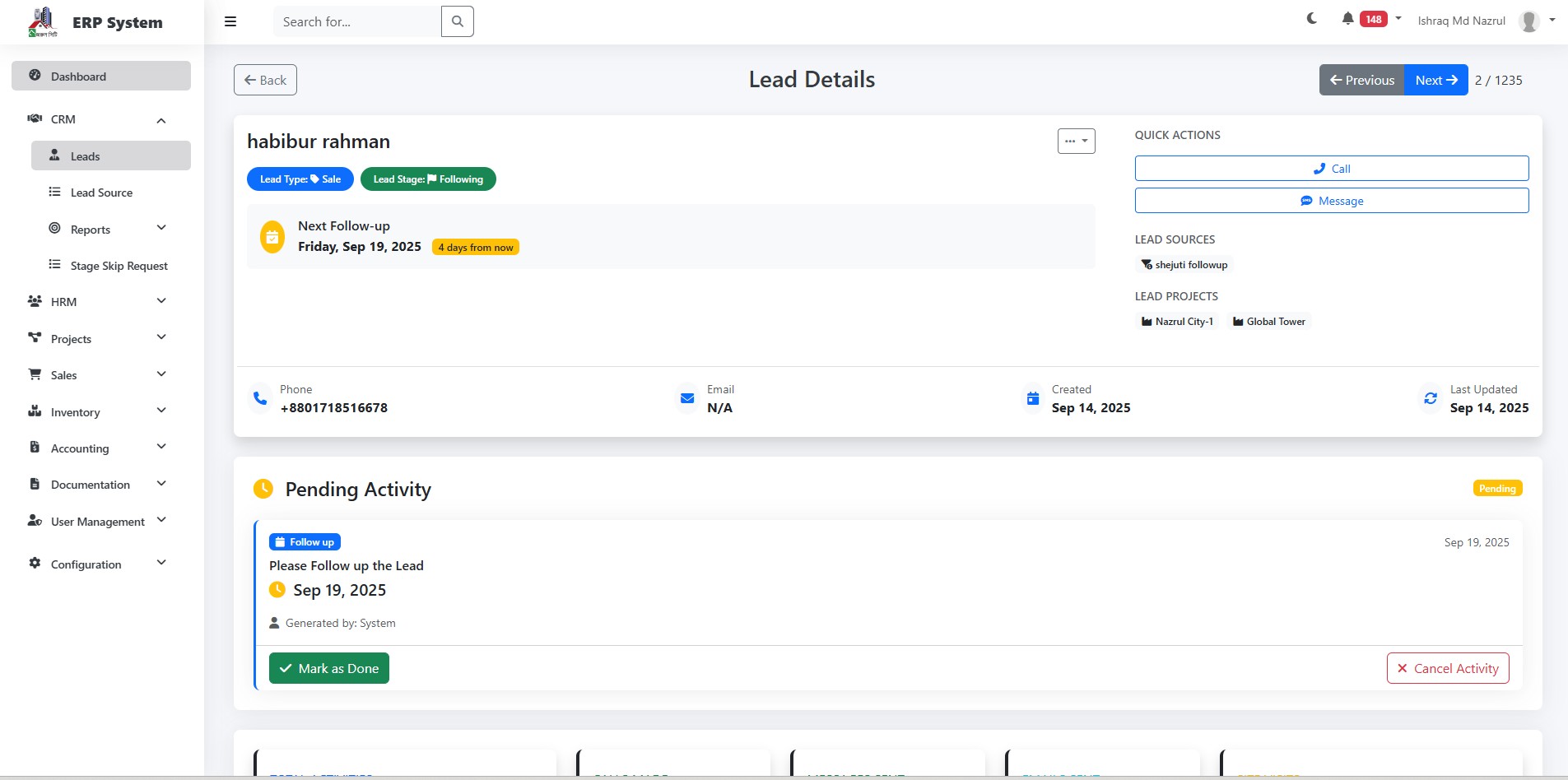10 Common Software Development Mistakes Businesses Make (And How to Avoid Them)
When it comes to building software—whether it's a simple app or an enterprise-level system—businesses often stumble over the same set of mistakes. These missteps can cost you time, money, and even customer trust.
At AlephoraX, we’ve worked with dozens of clients who came to us after failed or delayed software projects. And nearly every time, we saw the same patterns.
Here are the 10 most common software development mistakes—and how you can sidestep them with ease.
1. Skipping the Planning Phase
Too many companies want to “just start coding.” But jumping in without a clear plan or roadmap is like building a house without a blueprint.
🔧 Fix it: Invest time in discovery workshops, user stories, and feature prioritization before writing a single line of code.
2. No Defined Scope (Scope Creep Alert!)
“We’ll just add this one small feature...” Sound familiar? Without a clear scope, your project can balloon in size, leading to delays and budget overruns.
🔧 Fix it: Use tools like a Project Charter or SRS (Software Requirement Specification). Lock in the scope and manage changes through a formal process.
3. Choosing the Wrong Tech Stack
Many businesses pick trendy technologies without considering long-term maintainability, developer availability, or scalability.
🔧 Fix it: Choose your tech stack based on your business needs, team capacity, and future goals—not just what’s “hot” in the market.
4. Poor Communication Between Teams
Developers, designers, and business teams often work in silos. This leads to misalignment, duplicated effort, and rework.
🔧 Fix it: Hold regular standups, share progress updates, and use collaboration tools like Slack, Trello, or Jira to stay connected.
5. Ignoring the End User
If your product doesn’t solve a real user problem, it doesn’t matter how beautiful or fast it is.
🔧 Fix it: Include real users in testing and feedback loops from day one. Conduct UX research and build around actual needs.
6. Unrealistic Timelines
Rushing development often leads to buggy releases and incomplete features. Quality takes time.
🔧 Fix it: Be honest about timelines. Use Agile or Scrum methodologies to break work into sprints and ship iteratively.
7. Not Testing Enough (or At All)
Skipping proper QA can break your app and your reputation.
🔧 Fix it: Build a QA process that includes unit testing, integration testing, and user acceptance testing. Automate where possible.
8. Underestimating Maintenance
The job’s not over after launch. You’ll need to fix bugs, handle server issues, and update for security or features.
🔧 Fix it: Budget for ongoing support and maintenance. It’s not optional—it’s part of the lifecycle.
9. Failing to Document Code
Future developers—or even your current team—will struggle if your code is a maze with no map.
🔧 Fix it: Encourage developers to write clear documentation and inline comments. Use tools like Swagger for APIs.
10. No Clear Ownership or Accountability
Without a dedicated project owner, decisions get delayed and responsibility gets blurred.
🔧 Fix it: Assign a Product Owner or Project Manager who can lead the vision, communicate with stakeholders, and keep things on track.
💡 Final Thoughts
Software development doesn’t have to be chaotic. With the right strategy, communication, and tools, you can build reliable, scalable software that serves your business and your customers.
At AlephoraX, we specialize in custom software and AI-powered solutions that avoid these pitfalls from the start. Need help with your next software project?
👉 Let’s talk — we're here to build smarter, not harder.





